Pipevine Swallowtail eggs hatch!! Now what?
annabananaflzone9b
4 years ago
Featured Answer
Sort by:Oldest
Comments (48)
annabananaflzone9b
4 years agolast modified: 4 years agoMissSherry
4 years agolast modified: 4 years agoRelated Discussions
Pipevine Swallowtail Eggs Already!
Comments (24)Beth & Sherry, Thank you for your kind words. We are safe and things can be repaired or replaced. My photos and family mementos are safe so I feel blessed. It could have been far worse. Firemen were amazing and so professional. Insurance company also extremely helpful and professional. Everyone test your smoke alarms; they save lives. I have two pots of fimbriata in the greenhouse that are waiting for warm weather to be planted out. I also let most seeds fall in the patch so hoping for some new germination. Don't know, with such long freezes this winter, might have killed the seed and original plants. Will be interesting to see if anything survives of these little vines. We had long periods of below freezing conditions. Noticed yesterday pipevines are putting out leaves! Spring has finally arrived in my area. Mary...See MorePipevine Swallowtail eggs?
Comments (16)Whoo hoo, get your sissors ready. When these little cats get into 4th-5th instars, they are eating machines. I'm having to feed every two/three hours in mulitple cups. Their munching sounds like tiny little hailstones hitting something, all the clicking going on, with little faces moving back and forth on the edge of the leaf like a typewriter. I thought Monarch cats ate a lot but I do believe these Pipevine Swallowtails can outdo them! Mary...See MorePipevine Swallowtail Eggs
Comments (8)I forgot to answer your question about giant swallowtail host plants. I have several wafer ashes, and that's the favorite of GSTs here. I had to cut nearly all the leaves off all of them to feed my GST cats this year, plus I used rue. They didn't lay any eggs on my orange or satsuma trees this year, so I didn't use citrus leaves. Two of my young rue plants died recently right after the heat wave we had in June, and another one has dead parts on it. I've got one rue plant that I've had for years that's still going strong. It's growing in the shade of a my Ellen's Blue butterfly bush and a rose bush, so I think they really need the shade. I'm thinking about replacing the dead rues with more wafer ash/Ptelea trifoliata. I had planted rue, because black swallowtails use it, too. So maybe I'll replace the dead rues with wafer ashes, and when they've attained some size, I'll plant some rue underneath them. And maybe I'll plant some rue in the shade of other plants, like my big orange tree. The leaves have all grown back on the wafer ashes, which is good. I've released 27 giant swallowtails so far, and there are a good many chrysalides left, so I'll probably be needing more GST host plants soon! Sherry...See MoreSurprise Pipevine Swallowtail Eggs and Hatchlings!
Comments (17)It takes a long time (or at least mine did) for A. tomentosa to 'volunteer' as my mother-in-law used to say. If you don't want the volunteers, you can either mow over them or pull them up (as Mary suggested), cut them and feed them to your pipevine swallowtail caterpillars elsewhere (I do this), or you can dig them up and baby them in a pot until they get settled, then, either give them to friends or plant them somewhere else in your own garden. My first PVS butterflies from this year's crop emerged this morning, both females. These came from caterpillars I got from Rick in Alabama. It's so windy, I hate to release them today, and tomorrow we're supposed to have big rain, so I'm trying to decide when to release them, a good problem! :) Sherry...See Moreannabananaflzone9b
4 years agoannabananaflzone9b
4 years agoannabananaflzone9b
4 years agoannabananaflzone9b
4 years agoannabananaflzone9b
4 years agoannabananaflzone9b
4 years agoannabananaflzone9b
4 years agoannabananaflzone9b
4 years agoannabananaflzone9b
4 years agoannabananaflzone9b
4 years agoannabananaflzone9b
4 years agolast modified: 4 years agoannabananaflzone9b
4 years agoannabananaflzone9b
4 years agoannabananaflzone9b
4 years agoannabananaflzone9b
4 years agolast modified: 4 years agoannabananaflzone9b
4 years agolast modified: 4 years agoannabananaflzone9b
4 years agoannabananaflzone9b
4 years agoannabananaflzone9b
4 years agoannabananaflzone9b
4 years agoannabananaflzone9b
4 years agoannabananaflzone9b
4 years agoannabananaflzone9b
4 years agoannabananaflzone9b
4 years ago
Related Stories
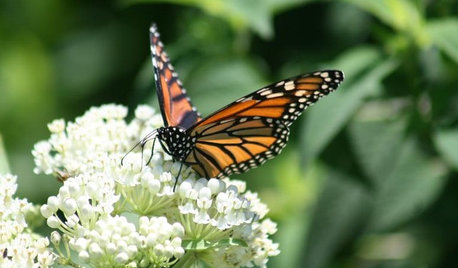
GARDENING FOR BUTTERFLIESBe a Butterfly Savior — Garden for the Monarchs
Keep hope, beauty and kindness alive in the landscape by providing a refuge for these threatened enchanters
Full Story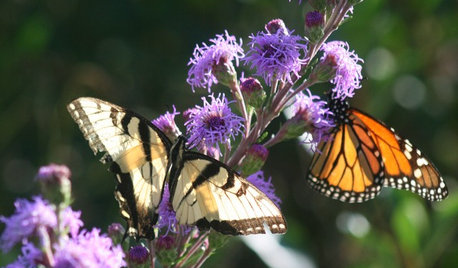
FALL GARDENINGWhat Monarch Butterflies Taught Me About Garden Design
Thinking like a butterfly leads to fresh perspectives in the garden and in life
Full Story
FLOWERS AND PLANTSHelp Monarchs and Other Butterflies by Planting Common Milkweed
Summer-blooming Asclepias syriaca is an important larval host plant for the monarch butterfly and attracts a number of pollinating insects
Full Story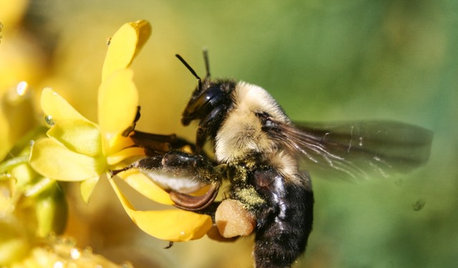
GARDENING FOR BUTTERFLIESGardening for the Bees, and Why It’s a Good Thing
When you discover how hard bees work for our food supply, you may never garden without them in mind again
Full Story
GARDENING FOR BUTTERFLIESButterfly Gardening: Delight the Eyes With Living Sculptures
Surprise and thrill with a garden that attracts magical winged creatures, bringing color, movement and life
Full Story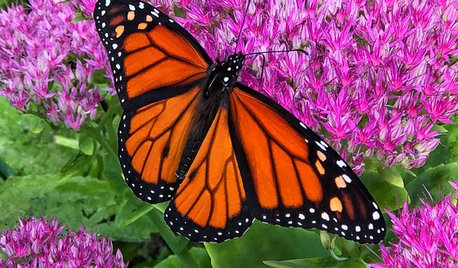
GARDENING GUIDES6 Steps to Creating Your Butterfly Garden
Encourage these fanciful winged beauties to visit your garden while helping restore their fragmented habitat
Full Story
GARDENING AND LANDSCAPINGBe a Citizen Scientist to Help Wildlife, Learn and Have Fun Too
Track butterflies, study birds, capture stars ... when you aid monitoring efforts, you’re lending Mother Nature a hand
Full Story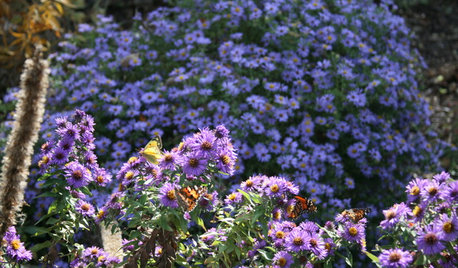
FLOWERS15 Native Flowers That Attract Butterflies
By picking plants from this list that are right for your location, you’ll get colorful blooms and support pretty pollinators
Full Story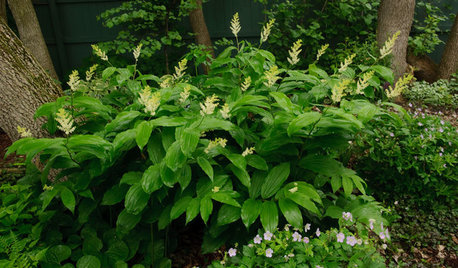
GARDENING GUIDESGarden-Friendly Native Alternatives to Overplanted Exotics
There are lots of gorgeous, wildlife-friendly native plants ready to make an appearance in your garden
Full Story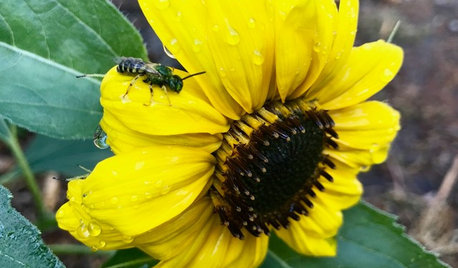
GARDENING GUIDESSee Your Garden Through the Eyes of Its Wildlife Visitors
Want to design for beneficial wildlife? Learn how to recognize cover, shelter and habitat for pollinators and songbirds
Full StoryMore Discussions




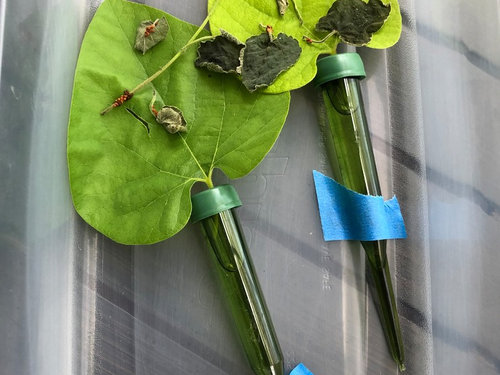
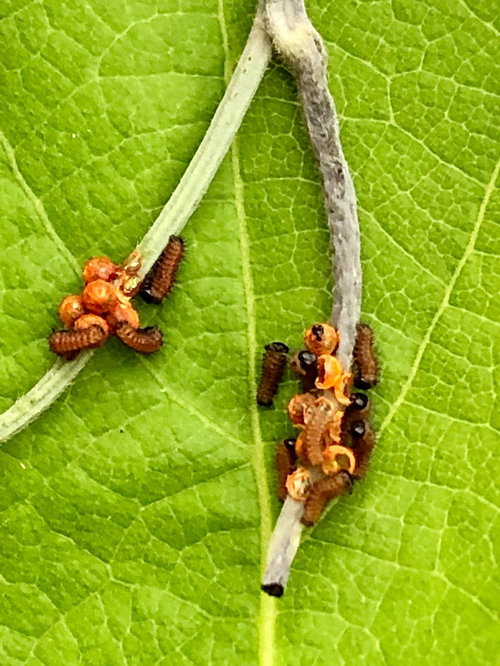








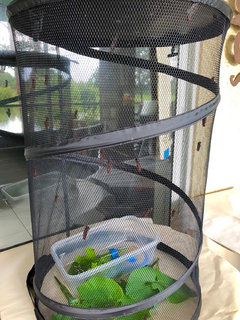
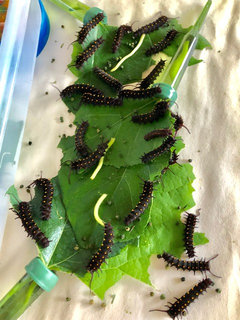





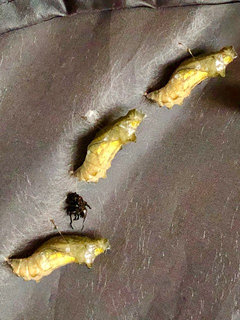




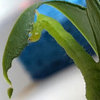
Iris S (SC, Zone 7b)